Avocado Tree Growing Tips: Dreaming of harvesting your own creamy, delicious avocados right from your backyard? I know I am! There’s something incredibly satisfying about nurturing a plant from a seed (or a small sapling) to a fruit-bearing tree. But let’s be honest, growing an avocado tree isn’t always a walk in the park. It can be a bit tricky, especially if you’re not familiar with their specific needs.
Avocados have a rich history, dating back thousands of years in Central and South America. The Aztecs even believed the avocado possessed mystical properties! Today, they’re a global favorite, gracing everything from toast to guacamole. But instead of relying solely on the grocery store, imagine the pride and joy of picking your own homegrown avocados.
That’s where these avocado tree growing tips come in! I’ve compiled a list of essential DIY tricks and hacks that will help you cultivate a thriving avocado tree, no matter your experience level. From choosing the right variety for your climate to mastering the art of watering and fertilization, I’ll guide you through every step of the process. Why spend a fortune on store-bought avocados when you can have a sustainable and rewarding source right outside your door? Let’s get started and turn your avocado dreams into a delicious reality!
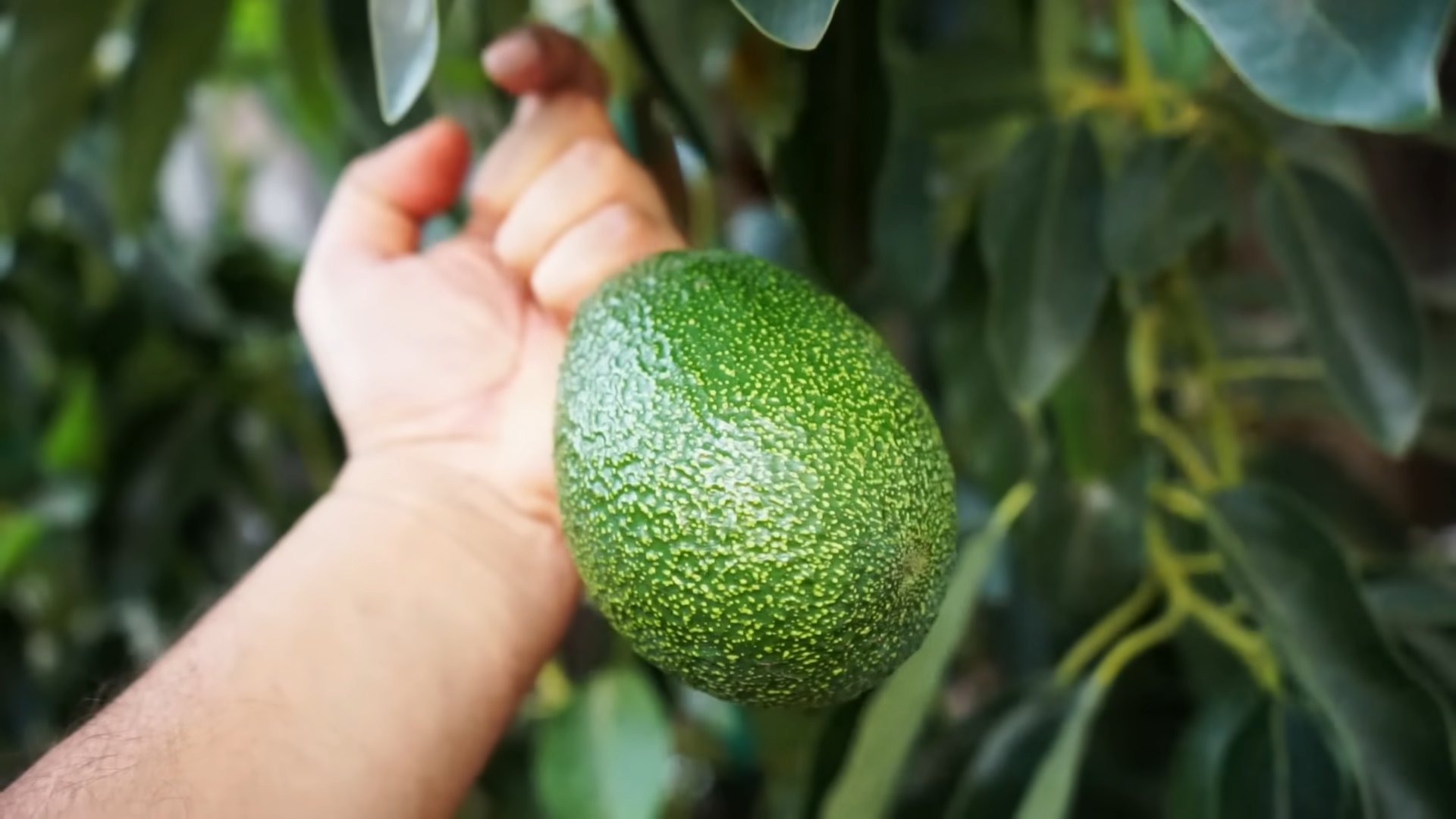
Grow Your Own Avocado Tree From Seed: A Step-by-Step Guide
Hey there, fellow plant enthusiasts! Ever dreamt of having your own avocado tree, laden with delicious, creamy avocados? Well, you’re in luck! Growing an avocado tree from seed is a surprisingly rewarding and relatively easy DIY project. While it might take a few years to get fruit (grafting is faster for fruiting), the journey is fascinating, and you’ll have a beautiful, leafy plant to show for it. Let’s dive in!
What You’ll Need
Before we get started, gather these supplies:
* A ripe avocado (preferably organic).
* A sharp knife.
* Three toothpicks.
* A glass or jar.
* Water.
* Potting soil.
* A small pot (4-6 inches in diameter).
* A larger pot (8-10 inches in diameter) – for transplanting later.
* Patience!
Finding the Perfect Avocado
The first step is finding a good avocado. Look for one that’s ripe but not overly soft. Organic avocados are a great choice, as they haven’t been treated with chemicals that might hinder germination. Once you’ve got your avocado, it’s time to extract the pit.
Extracting the Avocado Pit
1. Carefully cut the avocado in half lengthwise, avoiding the pit. I like to gently rotate the knife around the avocado until I feel it hit the pit, then continue cutting all the way around.
2. Twist the two halves apart. One half will have the pit embedded in it.
3. Carefully remove the pit. The easiest way is to gently whack the pit with the blade of your knife (be super careful!), then twist the knife to dislodge it. You can also use a spoon to scoop it out, but I find the knife method quicker.
4. Wash the pit thoroughly. Remove any remaining avocado flesh. This is important to prevent mold growth.
Germinating the Avocado Pit: The Toothpick Method
This is where the magic happens! We’re going to suspend the avocado pit in water, allowing the roots to sprout.
1. Identify the top and bottom of the pit. The slightly pointed end is usually the top, and the flatter end is the bottom (where the roots will emerge).
2. Insert three toothpicks into the middle of the pit. Space them evenly around the circumference. These toothpicks will act as supports, allowing the bottom half of the pit to be submerged in water.
3. Place the pit in a glass or jar. Rest the toothpicks on the rim of the glass, so the bottom half of the pit is submerged in water.
4. Add water. Make sure the water level is high enough to cover the bottom inch of the pit.
5. Place the glass in a warm, bright location, but out of direct sunlight. A windowsill is perfect.
6. Change the water every 2-3 days. This keeps the water fresh and prevents bacteria growth.
Patience is Key!
Now comes the waiting game. It can take anywhere from 2 to 8 weeks (or even longer!) for the pit to sprout. Don’t get discouraged if nothing happens right away. Just keep changing the water and be patient.
* What to look for: First, the pit will likely crack. Then, a root will emerge from the bottom, followed by a sprout from the top.
Planting Your Avocado Seedling
Once the root is about 2-3 inches long and the sprout has emerged, it’s time to plant your avocado seedling in soil!
1. Prepare your pot. Fill the small pot (4-6 inches) with well-draining potting soil. I like to use a mix specifically formulated for seedlings.
2. Carefully remove the toothpick supports.
3. Make a hole in the center of the soil. The hole should be deep enough to accommodate the root.
4. Gently place the avocado pit in the hole. Cover the root with soil, leaving the top half of the pit exposed.
5. Water thoroughly. Make sure the soil is moist but not soggy.
6. Place the pot in a sunny location. Avocado trees need plenty of sunlight to thrive.
7. Water regularly. Keep the soil consistently moist, but avoid overwatering.
Caring for Your Growing Avocado Tree
Now that your avocado tree is planted, it’s time to provide it with the care it needs to grow strong and healthy.
* Sunlight: Avocado trees need at least 6 hours of direct sunlight per day. If you don’t have a sunny spot indoors, you might consider using a grow light.
* Watering: Water your avocado tree regularly, allowing the top inch of soil to dry out between waterings. Overwatering can lead to root rot, so be careful not to saturate the soil.
* Fertilizing: Feed your avocado tree with a balanced fertilizer every 2-3 months during the growing season (spring and summer). Follow the instructions on the fertilizer packaging.
* Pruning: Pruning helps to encourage branching and a bushier growth habit. You can prune your avocado tree by pinching off the tips of new growth.
* Repotting: As your avocado tree grows, it will eventually need to be repotted into a larger container. When the roots start to circle the bottom of the pot, it’s time to move it to a bigger pot (8-10 inches).
Transplanting to a Larger Pot
When your avocado tree outgrows its initial pot, it’s time to transplant it to a larger one. This will give the roots more room to grow and allow the tree to continue to thrive.
1. Choose a larger pot. Select a pot that is 2-4 inches larger in diameter than the current pot.
2. Prepare the new pot. Fill the new pot with well-draining potting soil.
3. Carefully remove the avocado tree from its current pot. Gently tap the sides of the pot to loosen the soil, then carefully lift the tree out.
4. Loosen the roots. Gently loosen the roots of the avocado tree, being careful not to damage them.
5. Place the avocado tree in the new pot. Center the tree in the pot and fill in the surrounding space with potting soil.
6. Water thoroughly. Water the avocado tree well after transplanting.
7. Place the pot in a sunny location.
Dealing with Common Problems
Like any plant, avocado trees can be susceptible to certain problems. Here are a few common issues and how to address them:
* Brown leaf tips: This is often caused by dry air or inconsistent watering. Increase humidity by misting the leaves regularly or using a humidifier. Make sure you’re watering consistently and not letting the soil dry out completely.
* Yellowing leaves: This can be a sign of overwatering, underwatering, or nutrient deficiency. Check the soil moisture and adjust your watering accordingly. Fertilize your avocado tree with a balanced fertilizer.
* Pests: Avocado trees can be susceptible to pests like spider mites and aphids. Inspect your tree regularly for signs of pests and treat them with an appropriate insecticide or insecticidal soap.
Will My Seed-Grown Avocado Tree Produce Fruit?
This is the million-dollar question! While it’s possible for a seed-grown avocado tree to produce fruit, it can take anywhere from 5 to 13 years (or even longer!). The fruit may also not be the same quality as the avocado you originally took the pit from.
* Grafting: If you want to guarantee fruit production and get fruit sooner, you can graft a branch from a known fruiting avocado tree onto your seedling. Grafting is a more advanced technique, but it’s the most reliable way to get avocados from your tree.
Overwintering Your Avocado Tree
If you live in a climate with cold winters, you’ll need to bring your avocado tree indoors during the colder months.
1. Acclimate your tree. Before bringing your tree indoors, gradually acclimate it to the lower light levels by moving it to a shadier spot outdoors for a week or two.
2. Choose a sunny location indoors. Place your avocado tree in a sunny window or under a grow light.
3. Maintain humidity. Indoor air can be dry, so increase humidity by misting the leaves regularly or using a humidifier.
4. Water sparingly. Water your avocado tree less frequently during the winter months, as it will not be growing as actively.
5. Monitor for pests. Indoor plants are more susceptible to pests, so inspect your tree regularly and treat any infestations promptly.
Troubleshooting: My Avocado Pit Isn’t Sprouting!
Don’t panic! Sometimes, avocado pits can be stubborn. Here are a few things to check:
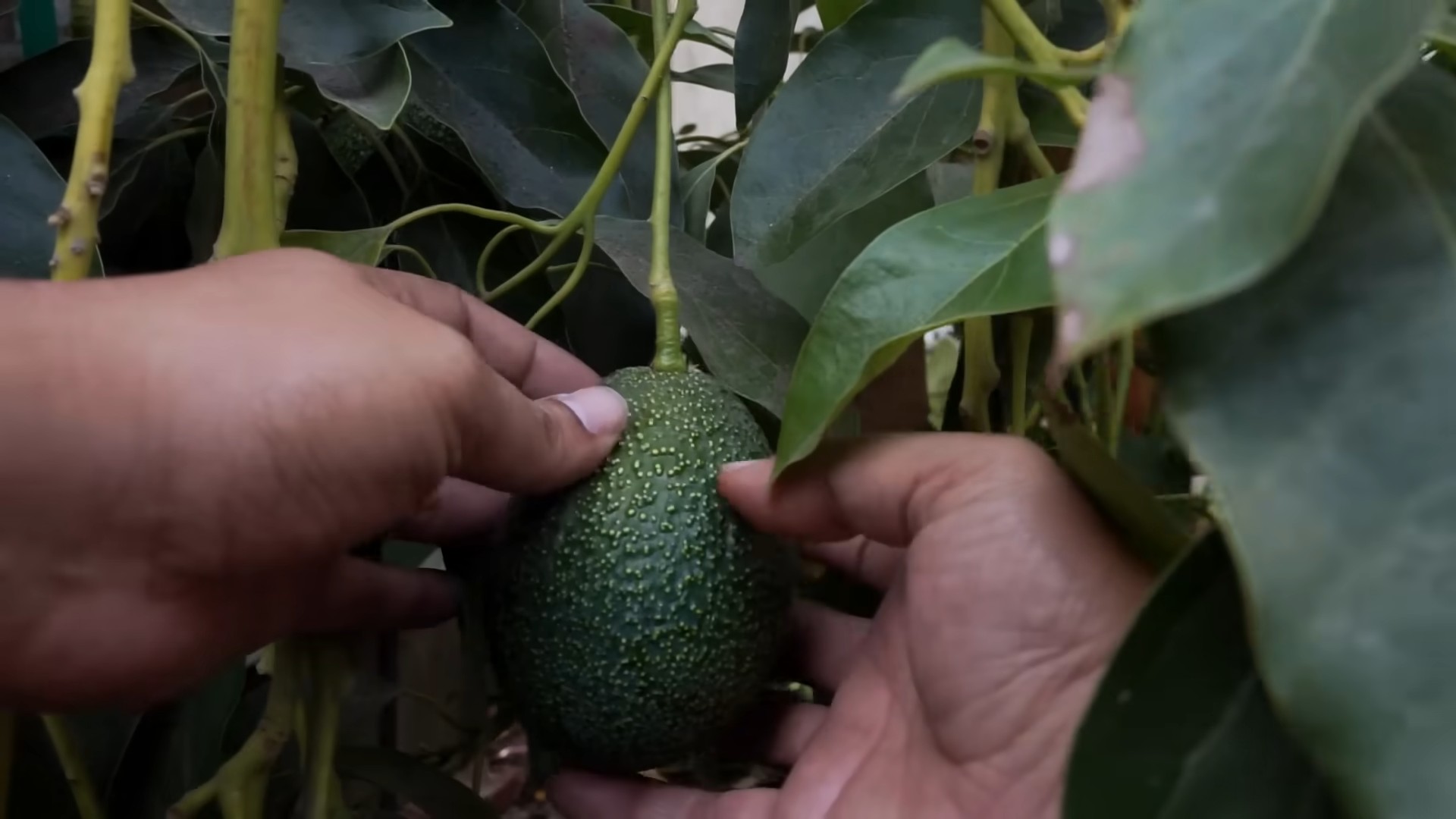
Conclusion
So, there you have it! Growing your own avocado tree from a pit might seem like a long shot, but with a little patience and the right approach, you can nurture a tiny seed into a thriving plant. This DIY project isn’t just about saving money; it’s about connecting with nature, understanding the life cycle of a plant, and experiencing the immense satisfaction of watching something you nurtured grow.
Why is this a must-try? Because it’s more than just a gardening project; it’s an experiment in patience, a lesson in biology, and a source of immense personal reward. Imagine the pride you’ll feel when you can finally say, “I grew this avocado tree from a seed!” Plus, it’s a fantastic conversation starter and a unique way to add a touch of green to your home.
Don’t be afraid to experiment with variations! Some people prefer the toothpick method, while others swear by wrapping the pit in a damp paper towel and placing it in a plastic bag. You can also try different types of avocados to see which ones sprout best in your environment. Consider using filtered water for optimal results, and be mindful of the temperature and humidity levels in your home. Remember, consistency is key. Keep the pit consistently moist, but not waterlogged, and provide it with plenty of indirect sunlight.
And speaking of environment, consider the long-term implications. While growing an avocado tree indoors is a great start, eventually, you might want to transplant it outdoors, depending on your climate. Research the specific needs of your avocado variety and ensure you can provide the necessary conditions for it to thrive.
This DIY avocado tree growing trick is not just a fun project; it’s an investment in your well-being and a connection to the natural world. It’s a reminder that even the smallest seed holds the potential for great things.
We wholeheartedly encourage you to give this a try. It’s a rewarding experience that will teach you about patience, perseverance, and the wonders of nature. Once you’ve embarked on your avocado-growing journey, we’d love to hear about your experiences! Share your tips, tricks, and triumphs in the comments below. Let’s create a community of avocado enthusiasts and learn from each other’s successes (and even failures!). Your insights could help someone else successfully grow their own avocado tree. So, grab an avocado, enjoy the delicious fruit, and get ready to embark on a rewarding gardening adventure!
Frequently Asked Questions (FAQ)
Q: How long does it take for an avocado pit to sprout?
A: Patience is key! It can take anywhere from 2 to 8 weeks, or even longer, for an avocado pit to sprout. The timeframe depends on factors like the avocado variety, the temperature, and the humidity. Don’t give up if you don’t see results immediately. Just keep the pit consistently moist and provide it with indirect sunlight.
Q: What’s the best method for sprouting an avocado pit?
A: There are two popular methods: the toothpick method and the paper towel method. The toothpick method involves inserting toothpicks into the middle of the pit to suspend it over a glass of water, with the bottom half submerged. The paper towel method involves wrapping the pit in a damp paper towel, placing it in a plastic bag, and storing it in a warm, dark place until it sprouts. Both methods work well, so choose the one that you find easiest.
Q: What kind of water should I use?
A: Filtered water is generally recommended, as tap water can sometimes contain chemicals that may inhibit sprouting. However, if you don’t have filtered water, tap water that has been left to sit for 24 hours to allow chlorine to dissipate can also be used.
Q: How often should I change the water?
A: Change the water every 5-7 days to prevent the growth of mold and bacteria. This will also ensure that the pit is receiving fresh, oxygenated water.
Q: What do I do once the avocado pit sprouts?
A: Once the pit sprouts and the roots are a few inches long, it’s time to plant it in soil. Choose a pot that is at least 6 inches in diameter and fill it with well-draining potting mix. Plant the pit so that the top half is still exposed. Water thoroughly and place the pot in a location that receives bright, indirect sunlight.
Q: What kind of soil should I use?
A: Use a well-draining potting mix that is specifically formulated for container gardening. Avoid using garden soil, as it can be too heavy and may not drain properly.
Q: How much sunlight does an avocado tree need?
A: Avocado trees need at least 6 hours of sunlight per day. However, young avocado trees are sensitive to direct sunlight, so it’s best to provide them with bright, indirect sunlight. As the tree matures, it can tolerate more direct sunlight.
Q: How often should I water my avocado tree?
A: Water your avocado tree when the top inch of soil feels dry to the touch. Avoid overwatering, as this can lead to root rot.
Q: Can I grow an avocado tree indoors permanently?
A: Yes, you can grow an avocado tree indoors permanently, but it may not produce fruit. Indoor avocado trees typically require more care and attention than outdoor trees. You’ll need to provide them with adequate sunlight, water, and fertilizer. You may also need to prune them regularly to keep them from getting too large.
Q: Will my avocado tree produce fruit?
A: It’s possible, but not guaranteed. Avocado trees grown from seed can take several years to produce fruit, and even then, the fruit may not be of the same quality as the parent avocado. Grafting is the most reliable way to ensure that your avocado tree will produce fruit of a specific variety.
Q: My avocado tree’s leaves are turning brown. What’s wrong?
A: Brown leaves can be caused by a number of factors, including overwatering, underwatering, lack of humidity, or nutrient deficiencies. Check the soil moisture and adjust your watering schedule accordingly. You may also need to increase the humidity around the tree by misting it regularly or placing it on a pebble tray filled with water. If the problem persists, consider fertilizing the tree with a balanced fertilizer.
Q: Can I use fertilizer on my avocado tree?
A: Yes, you can use fertilizer on your avocado tree, but it’s important to use a fertilizer that is specifically formulated for avocado trees. Follow the instructions on the fertilizer label carefully. Avoid over-fertilizing, as this can damage the tree.
Q: How do I transplant my avocado tree outdoors?
A: If you live in a climate that is suitable for growing avocados, you can transplant your avocado tree outdoors. Choose a location that receives full sun and has well-draining soil. Dig a hole that is twice as wide as the root ball and just as deep. Gently remove the tree from its pot and place it in the hole. Backfill the hole with soil and water thoroughly.
Q: What are some common pests and diseases that affect avocado trees?
A: Common pests that affect avocado trees include aphids, spider mites, and scale. Common diseases include root rot, anthracnose, and scab. Regularly inspect your tree for signs of pests and diseases and take appropriate action if necessary.
Q: Is growing an avocado tree from a pit worth the effort?
A: Absolutely! Even if your tree doesn’t produce fruit, it’s still a rewarding experience to watch it grow and thrive. Plus, it’s a great way to add a touch of green to your home and connect with nature. The process of nurturing a seed into a plant is incredibly satisfying, and you’ll learn a lot about plant biology along the way. So, give it a try and see for yourself!


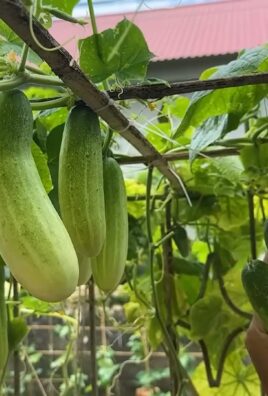
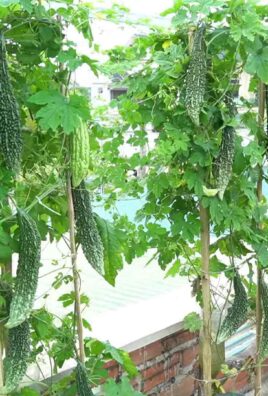
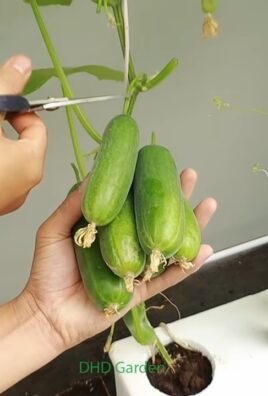
Leave a Comment